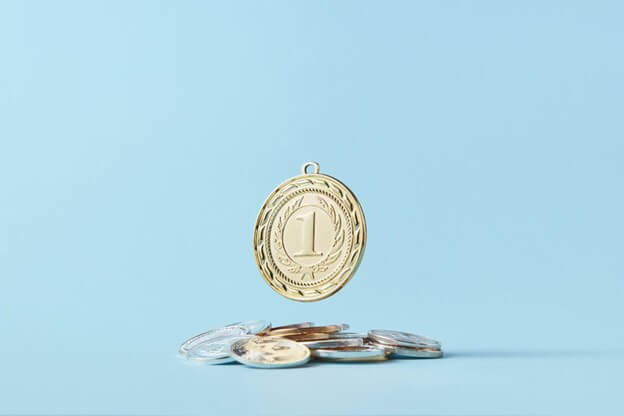In an era of global awareness of the impact of cman-made climate change, LEED certification for buildings remains an important marker. With buildings rated Silver, Gold, and Platinum earning accolades and space in newspapers and architecture magazines, it is easy to forget that a large number of new buildings could easily achieve LEED status.
And that LEED status – “Certified” – is still pretty darn impressive. It means that the builders took a close look at their processes and supplies, methods and means, and made wise decisions about the impact their work was having on the environment.
“Certified” is not exactly last place
But what does “Certified” mean?
According to the LEED official website, any building achieving any of the LEED status levels earned this award …
“…by adhering to prerequisites and credits that address carbon, energy, water, waste, transportation, materials, health and indoor environmental quality. Projects go through a verification and review process by GBCI and are awarded points that correspond to a level of LEED certification: Certified (40-49 points), Silver (50-59 points), Gold (60-79 points) and Platinum (80+ points).”
And while Platinum’s lofty scores and “better than gold” status speaks to an extremely meticulous attention to detail, simply being certified is still pretty good.
LEED certification takes into account the fact that every building project is a little different. So, for instance, a new single-family home is not evaluated on the same standards as a new office building, and neither is compared against the interior redesign of an existing building.
Each LEED certification level can be downloaded as a spreadsheet from the LEED site. These exhaustive and detailed checklists help builders and planners understand every part of the LEED certification standard. Nothing is left to chance and interpretation.
Many builders are pleasantly surprised when they check these documents to discover that some existing practices and products put them on the road to certification. With careful attention to detail, and sometimes a bit more money or forethought about how to accomplish a specific goal, even a noncompliant project can make the step up to “Certified.”
With LEED certification becoming a household name, it makes sense to build every project with platinum in mind, while understanding that achieving certification is a pretty positive step for the community and the environment.

Any LEED certification is better than no LEED certification
Photo by DS stories: https://www.pexels.com/photo/a-round-number-pendant-on-a-pile-of-coins-7267577/
